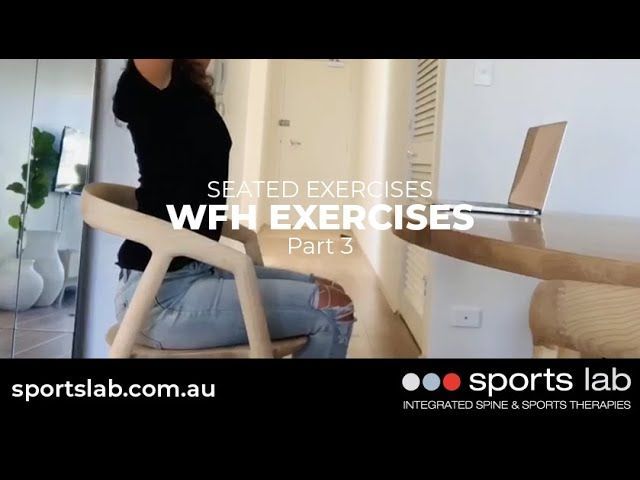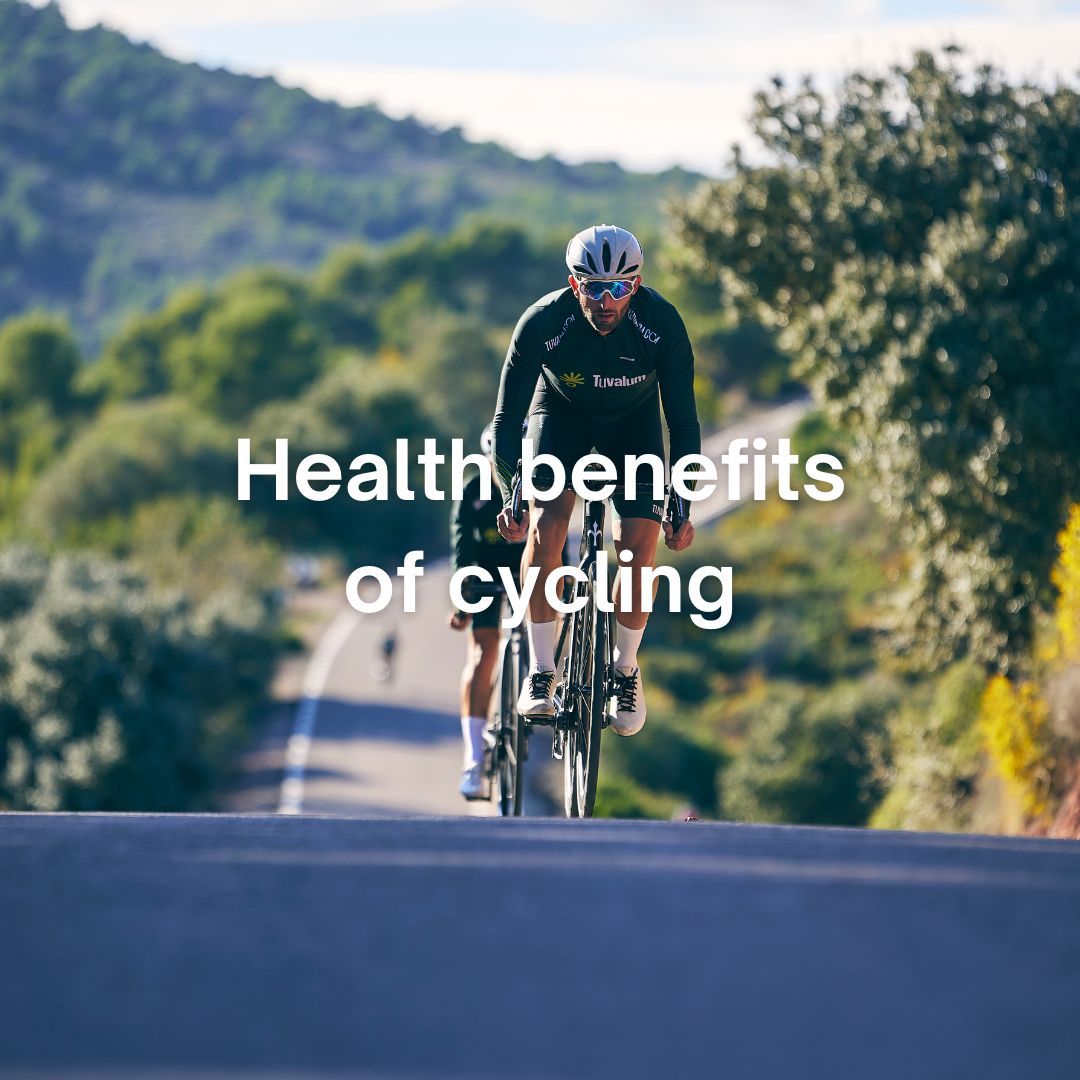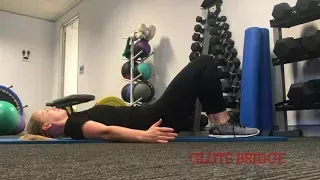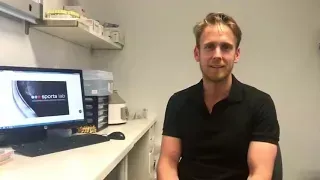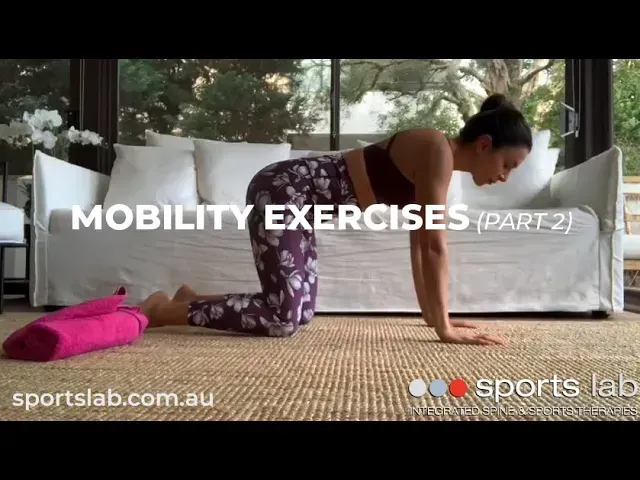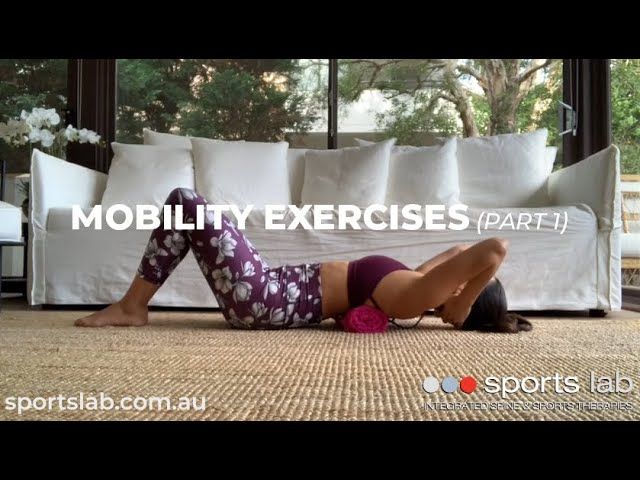Is this back pain killing me?
Is this back pain killing me? All-cause and cardiovascular-specific mortality in older Danish twins with spinal pain.
The following is a summary of a recent peer-reviewed paper published study by our very own Matt Fernandez (as part of his PhD). The significance is the results of the research found that older people reporting spinal pain have 13% increased risk of mortality per year lived. However, this association is not likely to be causal, with the relevant confounders contributing to this relationship. Thus, pain in the spine may be part of a pattern of poor health, which increases mortality risk in the older population.
Fernandez M, Boyle E, Hartvigsen J, Ferreira ML, Refshauge KM, Maher CG, Christensen K, Hopper JL, Ferreira PH. Eur J Pain. 2017 Feb 17. doi: 10.1002/ejp.996. [Epub ahead of print]
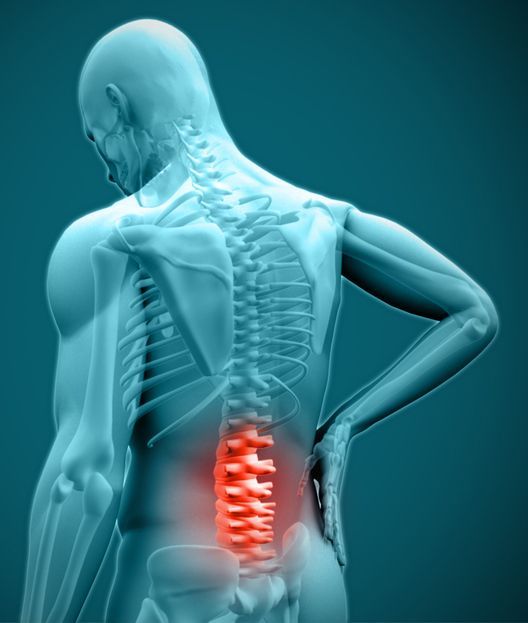
Lead author Matt Fernandez summarises the study below.
When it comes to back pain in older people, our understanding on managing the condition is limited, as the aged are generally under-represented in the spinal pain literature. However, with a rapidly ageing population, there is potential for the increased risk of both functional decline and a loss of independence in this age group. With back pain (along with neck pain) now the leading cause of disability globally, the personal, community and societal consequences are likely to be significant.
While it is well established that chronic widespread and musculoskeletal pain along with degenerative joint disease increase the rate of mortality, the relationship between back pain and all-cause mortality is conflictive. Some studies show a relationship in older adults over 70 years, while others studies that included both young and old adults – the relationship was unclear. We subsequently examined whether spinal pain (i.e., low back and neck pain) increased the rate of all cause and disease-specific cardiovascular mortality in older twins aged ≥70 years. By utilising twins, we could further control for shared familial factors – including genetics.
A total of 4391 participants reporting spinal pain at baseline were linked with the Cause of Death Registry in Denmark, with the study ending on 31 December 2014. Survival analysis methods were utilised, with two crude and adjusted Cox proportional hazards regression analyses determining the rate of all-cause and disease specific cardiovascular mortality. The exposure was baseline spinal pain and the outcome mortality. The analyses were also adjusted for confounders; baseline depressive symptoms and physical functional ability (i.e., ability to rise from a chair and a bed, walk up and down stairs etc.). Competing risk regression models determined the rate of cardiovascular mortality, adjusting for similar confounders. Twins were initially examined at an individual level, and then in subsequent same sex dizygotic (non-identical) twin and monozygotic (identical) twin analyses.
Our results showed that spinal pain was associated with an increased rate of all-cause mortality, hazard ratio (HR): 1.13 [95% confidence interval (CI): 1.06–1.21], but no association was found between spinal pain and cardiovascular disease mortality, sub-distribution hazard ratio (SHR): 1.08 [95% CI 0.96–1.21]. Moreover, the association disappeared after adjusting for confounders: physical functional ability and depressive symptoms. All twin-pair analyses were statistically non-significant, although greater in magnitude for monozygotic twins.
Older people who report spinal pain have 13% increased risk of mortality per years lived but the connection might not be causal. The association attenuates and becoming non-significant when adjusted for relevant confounders. There was no association between spinal pain and cardiovascular-specific mortality. Our results are consistent with previous literature, which shows that the influence of genetics in spinal pain decreases and is almost non-existing in the older age, with environmental factors increasing as people get older. It is likely that spinal pain is part of a pattern of poor heath in the aged, contributing to (or perhaps facilitating) the more obvious causative factors responsible for early death.
Here are some of the media articles referencing the study:
http://www.sbs.com.au/news/article/2017/02/24/back-pain-linked-increased-death-risk
http://www.9news.com.au/health/2017/02/24/00/07/back-pain-linked-to-increased-death-risk
https://thewest.com.au/news/health/study-links-bad-back-pain-to-death-risk-ng-b88395265z
http://www.telegraph.co.uk/science/2017/02/23/back-pain-increases-chance-early-death-elderly/
http://www.mirror.co.uk/news/uk-news/suffer-back-pain-youre-older-9904896
https://www.sciencedaily.com/releases/2017/02/170223092137.htm
http://www.dailymail.co.uk/health/article-4252700/Why-shouldn-t-ignore-bad-back.html

